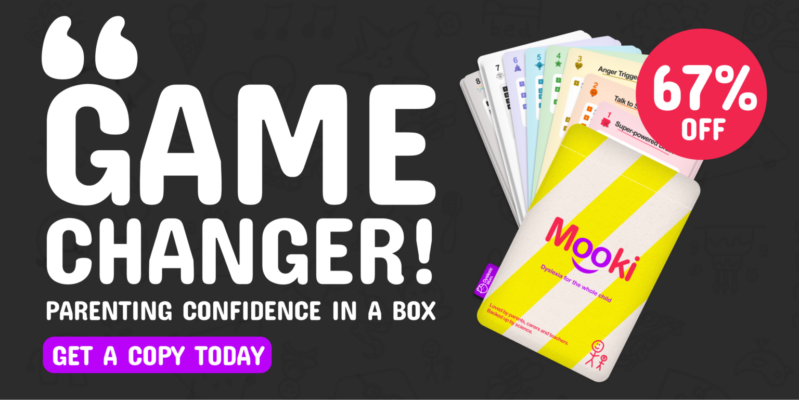Your basket is currently empty!
Learn what is the best colour paper for dyslexia. Coloured papers can help dyslexic children read better. They assist in several ways. Dyslexia may cause words to appear blurry or to move. Coloured paper can lower visual stress. This helps children focus better on reading and writing.
The contrast between black ink and white paper can be hard for dyslexic children to see. Coloured paper offers better contrast, which makes reading easier. Certain colours can also have a calming effect. This helps children with dyslexia who feel anxious or stressed about reading.
There are a number of different coloured papers that can be used to help children with dyslexia. Some options include:
- Yellow. Yellow is often used for dyslexic kids because it is a bright colour that can help to reduce visual stress.
- Pink. Pink is another popular choice for kids with dyslexia because it is a calming and relaxing colour.
- Orange. Orange is said to be a stimulating colour that can help to improve focus and concentration.
- Green. Green is often associated with nature and can be a calming colour for kids with dyslexia.
- Blue. Blue is said to be a calming and relaxing colour that can help to reduce anxiety and stress.
It is important to experiment with different colours to see which ones work best for each child. There is no one-size-fits-all solution and what works for one child may not work for another.
Do coloured papers help dyslexic children read?
Using coloured paper can help dyslexic children cut down on visual stress. It may also improve their focus while reading. Some studies show benefits, but others do not. Its effect can vary from child to child. It works best when combined with other reading strategies.
If you are considering using coloured paper to help a dyslexic child with reading, here are some recommendations:
- Experiment with different colours: Try different colours to see which one the child likes best.
- Start with short periods: Begin with short reading sessions and gradually increase the time.
- Monitor progress: Observe the child’s reading. If coloured paper is not helping, it may not be right for them.
- Use with other strategies: Combine this with methods like dyslexia-friendly fonts and regular reading practice.
Where to buy coloured paper for dyslexia?
Here are some places to buy coloured paper for children with dyslexia:
Helpful articles
Everything you need to help a dyslexic child. 56 cards with 10 minute activities. Perfect for using at home or in the classroom. Order your “Mooki Cards” here!

